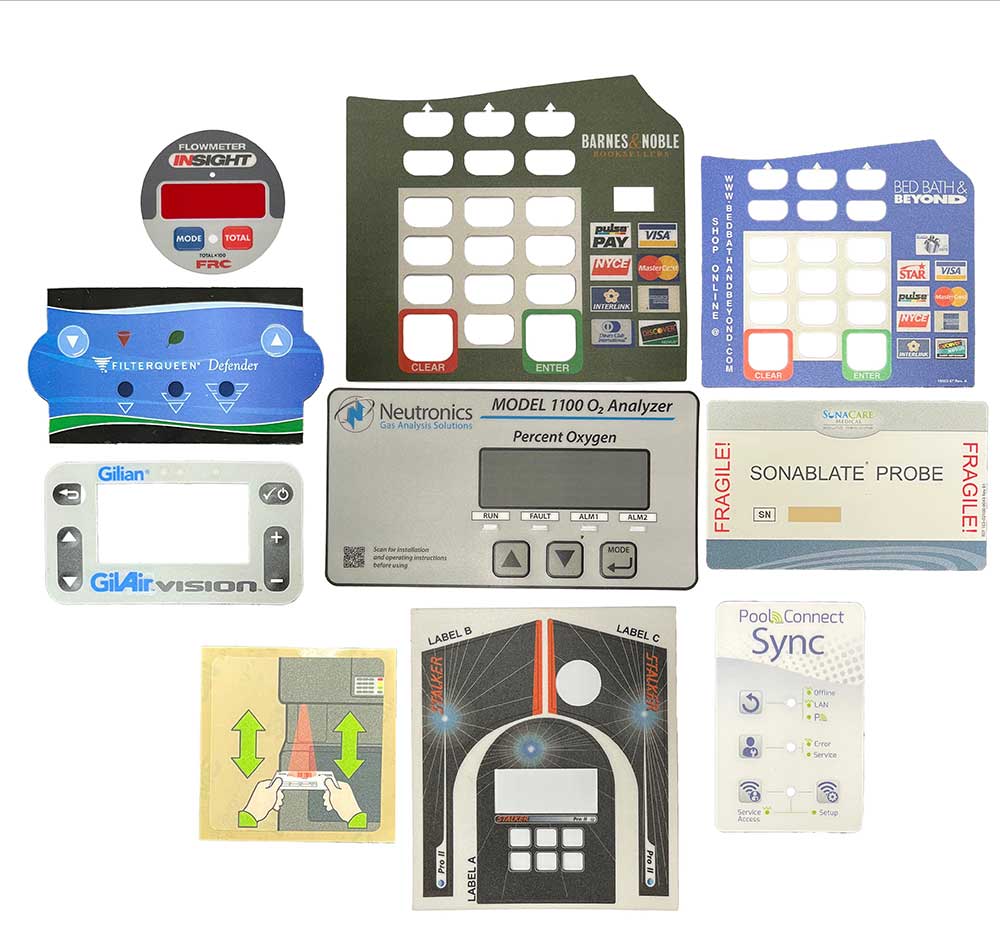Recognizing Just How Graphic Overlays Work to Improve Your Creative Projects
Graphic overlays serve as a pivotal component in the realm of creative tasks, boosting both aesthetic communication and audience engagement. The effective integration of these overlays calls for cautious factor to consider of design concepts and purposes.
What Are Graphic Overlays?
Graphic overlays are visual components that are put on top of a base image or interface to enhance interaction and user experience. They offer various purposes, including supplying extra information, guiding user interaction, and improving visual allure. Common applications of graphic overlays can be discovered in electronic user interfaces, marketing, and academic materials.

Graphic overlays are frequently developed using style software application, allowing designers to manipulate size, color, and transparency to attain the desired result. They can be fixed or dynamic, with animations that attract the customer's eye and improve engagement. The tactical use visuals overlays not only enhances aesthetic pecking order yet additionally help in providing a systematic and clear message. As such, understanding exactly how to properly implement visuals overlays is important for developers intending to boost their creative projects.

Advantages of Making Use Of Graphic Overlays
Making use of visuals overlays can substantially improve the effectiveness of visual communication throughout different mediums. Among the key advantages is the capacity to communicate intricate details succinctly. By layering graphics, text, and images, overlays promote the discussion of information in an extra absorbable layout, making it easier for target markets to comprehend essential concepts quickly.
In addition, visuals overlays can enhance aesthetic charm, drawing attention to particular aspects within a style. This is particularly beneficial in marketing and advertising, where catching the customer's interest is paramount. The critical use colors, shapes, and typography in overlays can develop a appealing and cohesive aesthetic story, enhancing brand name recognition.
Furthermore, graphic overlays offer versatility in design. They permit developers to adjust web content for various systems without beginning from scratch, making certain consistency throughout various channels. This adaptability is critical in today's digital landscape, where material needs to be enhanced for diverse tools and layouts.
Kinds Of Graphic Overlays
When thinking about the different sorts of graphic overlays, it is important to identify their varied applications throughout various sectors. Graphic overlays can be categorized mostly right into three kinds: functional, attractive, and educational.
Practical overlays are created to improve the usability of an item. Commonly found in electronic tools, these overlays often provide tactile responses with raised switches or distinctive surfaces, enhancing individual interaction. They can likewise function as a safety layer, guarding the underlying components from damage.
Decorative overlays concentrate on aesthetic enhancement, enabling brands to express their identity via lively layouts and custom graphics. These overlays are widespread in packaging, marketing, and point-of-sale products, where visual appeal is vital for drawing in customers.
Informative overlays, on the various other hand, are utilized to communicate vital data or guidelines. They can be seen in applications such as signs, individual manuals, and educational graphics, where clarity and readability are vital.
Each kind of graphic overlay serves an unique objective, adding to the general performance of creative projects while addressing certain needs within different sectors. Understanding these differences is vital for selecting the best overlay for your task.
Ideal Practices for Implementation
To ensure the effective implementation of visuals overlays, it is vital to develop a clear understanding of the task's objectives and the specific requirements of the end-users. Begin by conducting comprehensive research to determine the target market and their choices, as this will certainly inform design choices and functionality.
Following, produce a thorough strategy that lays out the overlay's assimilation, design, and function process. This plan ought to include interface factors to consider, ensuring that overlays improve as opposed to obstruct the customer experience - Graphic Overlays. Keep and think about the visual power structure uniformity in style aspects, such as color font styles, plans, and symbols, to promote brand name coherence
Evaluating is important; gather comments from a Website representative example of individuals to click here now identify possible issues and areas for enhancement. Iterate on the style based on customer input and performance data. Furthermore, make certain compatibility throughout various gadgets and systems to make best use of access.
Tools for Developing Overlays
Producing reliable graphic overlays calls for the right tools to equate style concepts right into functional applications. Different software and platforms are readily available, each tailored to specific demands and skill levels.
Adobe Photoshop and Illustrator are sector standards, using extensive capabilities for creating and adjusting overlays. These tools give sophisticated features such as layer management, blending settings, and vector graphics, making it possible for developers to create top notch and detailed overlays.
For those seeking a much more easy to use technique, Canva and Figma are excellent options (Graphic Overlays). Canva's user-friendly interface enables individuals to produce overlays swiftly using pre-designed design templates, while Figma assists in collective style in real-time, making it suitable for groups
Furthermore, open-source choices like GIMP and Inkscape provide durable capabilities without the linked prices of exclusive software application. These devices enable adaptability in layout and can fit different data styles, making sure compatibility across different systems.

Final Thought
In final thought, graphic overlays offer as powerful tools for boosting imaginative tasks by supplying visual clearness, aesthetic allure, and brand uniformity. By understanding the fundamental concepts and benefits linked with graphic overlays, makers can dramatically enhance the quality and efficiency of their visual interactions.
Graphic overlays serve as a pivotal element in the realm of imaginative projects, improving both navigate to this site aesthetic communication and target market involvement.Graphic overlays are often produced making use of design software program, allowing developers to adjust openness, dimension, and color to achieve the preferred result.Additionally, visuals overlays can increase aesthetic charm, drawing attention to certain elements within a design.In addition, graphic overlays offer versatility in design.In conclusion, graphic overlays offer as effective devices for enhancing innovative projects by giving visual clarity, aesthetic charm, and brand name uniformity.